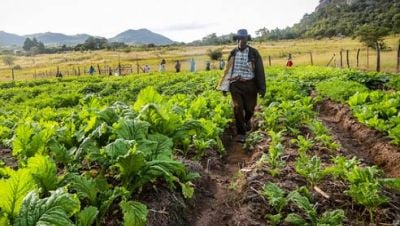Brief on Discounting in the Context of Climate Change Economics

Download Report by Language
Document
conceicaozhangbandurafinal.pdf
(396.65 KB)
Citation
Conceicao, Pedro, Zhang, Yanchun, Bandura, Romina. 2008. Brief on Discounting in the Context of Climate Change Economics. New York.
Brief on Discounting in the Context of Climate Change Economics
Posted on: January 01, 2008
The debate on the economics of climate change is often framed as a choice between two possible scenarios. In a stylized and ultra-simplified situation we can choose to live in a world where we do nothing now to mitigate climate change, but in the future will have to suffer income losses from the damages of warming—say, a loss in yearly GDP, one or two hundred years from now. Or, we can choose to live in a world where those future income losses are avoided, but at the expense of taking costly action starting now or very soon, which implies cuts in yearly GDP in the short-run. Naturally, in this second world, mitigation corresponds to future benefits in terms of avoided losses from climate change. But mitigation also has costs in terms of income foregone to pay for those future benefits. This is how cost-benefit analysis of climate change is typically framed. This single world analysis relates to trade-offs in the distribution of income across generations. Why across generations? Because climate change seen from a single world perspective is a very long-term challenge. Emissions of greenhouse gases that drive warming are almost irreversible. Substantial amounts—up to a third—of today’s emissions will stay in the atmosphere for centuries. For example, emissions at the outset of the Industrial Revolution are still with us. Even if we were to stop all emissions now, past emissions would persist in the atmosphere and would affect climate well into the next century and beyond. The relationship between emissions, concentrations of greenhouse gases in the atmosphere, the radiative (or warming) effect of those concentrations, and finally the impact of the radiative effect on climate patterns are complex and develop typically over long periods of time.

